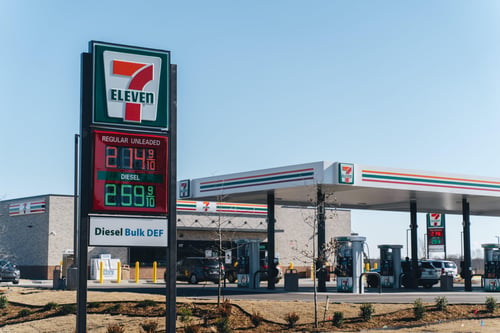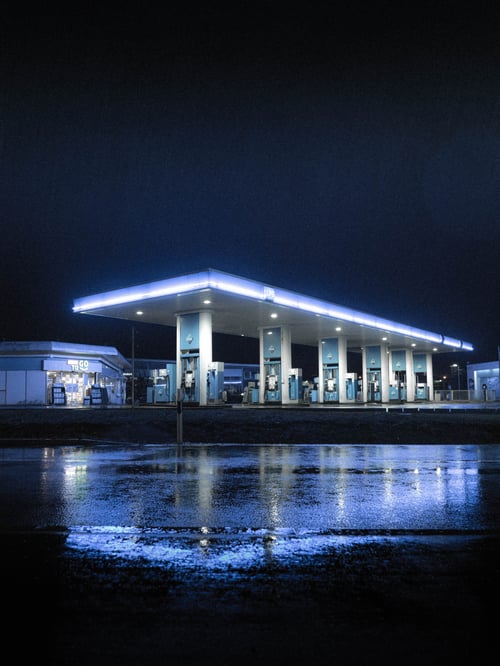
Fuel drives our economies. It powers the delivery trucks that keep our convenience stores stocked, generates some of our electricity and most importantly keeps our cars going. While most of the regular citizen fuel consumption in the past was in cars when commuting to work, the past few years have seen a dramatic shift into more recreational vehicle fuel consumption as more people hit the road for endless road trips.
Why Are People Traveling More?
Pinpointing the driving force behind the new traveling surge is hard. However, a better part of the RV road trip culture is fueled by the birth of a freer generation that is willing to forego the traditional career line and focus on doing what they love most. Better computers, fast internet, and restructured workplaces mean that more people can stay on the road without losing their jobs. The shift from traditional 8 to 5 shifts to a more accommodating telecommuting lifestyle has set many working-class Americans free to explore the world as they work.
This increased travel has seen gas stations start serving more recreational vehicles than they did before. While the number of RVs is on a revival, there’s still a good number of road trip enthusiasts who are doing their rounds in retrofitted gasoline vans and SUVs.
The Summer of the Road Trip
With the summer weather offering seemingly endless sunshine, irresistible nature trails, beaches and serene off-grid settings, people  are finding even more reason to hit the road and explore nature. A good number of them are younger generations who have never toured the country before. The rest is an older and more daring people willing to rekindle the nostalgic past of their youth.
are finding even more reason to hit the road and explore nature. A good number of them are younger generations who have never toured the country before. The rest is an older and more daring people willing to rekindle the nostalgic past of their youth.
Either way, the latest auto fuel consumption trends are moving from the traditional traffic jam plagued commute to longer fulfilling road trips out in the open. More people are filling up their tanks to the brim and gas stations in far-flung towns are experiencing a flurry of activity from visiting road nomads.
Will This Trend Continue?
Yes. The trend will be around for a long while. Fewer millennials are buying homes. While their reasons to skip part of the American dream range from affordability to the tendency to settle later in life, the result is the same; more people without a home base. This sense of freedom makes it easier for them to travel or explore affordable alternative life on the go.
Change of season will not deter the new trend at all. Most of the RVs, vans and tiny homes on wheels are insulated and fitted out well enough even to survive the winter. Auto fuel consumption by this emerging market segment will remain at an all-time high throughout the summer. It might weather down in winter as people hunker down but pick up in winter as nature blossoms again.






